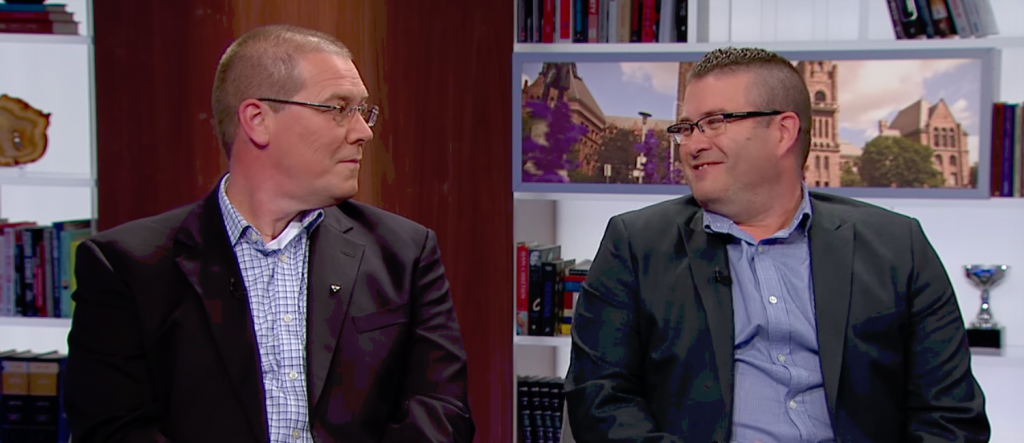I have included the academic/artist, Karyn Recollet (Plains Cree), because of her focus on decolonization through the reclamation of space and imagery in connection with grassroots artistic and activist practice. Her writings, nicely position Indigenous resistance through remix culture in context with the historical resistance against settler occupation.
The below articles, can be accessed through UBC library.
Glyphing decolonial love through urban flash mobbing and Walking with our Sisters
Here Recollet connects two movements, Idle No More Flash Mob Round Dance and the Walking with Our Sisters Movement to the historical usage of glyph making. In her writing, she argues that these forms of resistance are not new to Indigenous culture; rather, extensions of traditional practice. In this way, these forms of resistance through art and movement help reposition and reconnect Indigenous cultures.
Gesturing Indigenous Futurities Through the Remix
In this article, Recollet uses the work of Ay I Oh Stomp as a case study to investigate the possibilities of a the remix as an artistic tool to decolonize settler identity constructions and ultimately create new identity possibilities.


